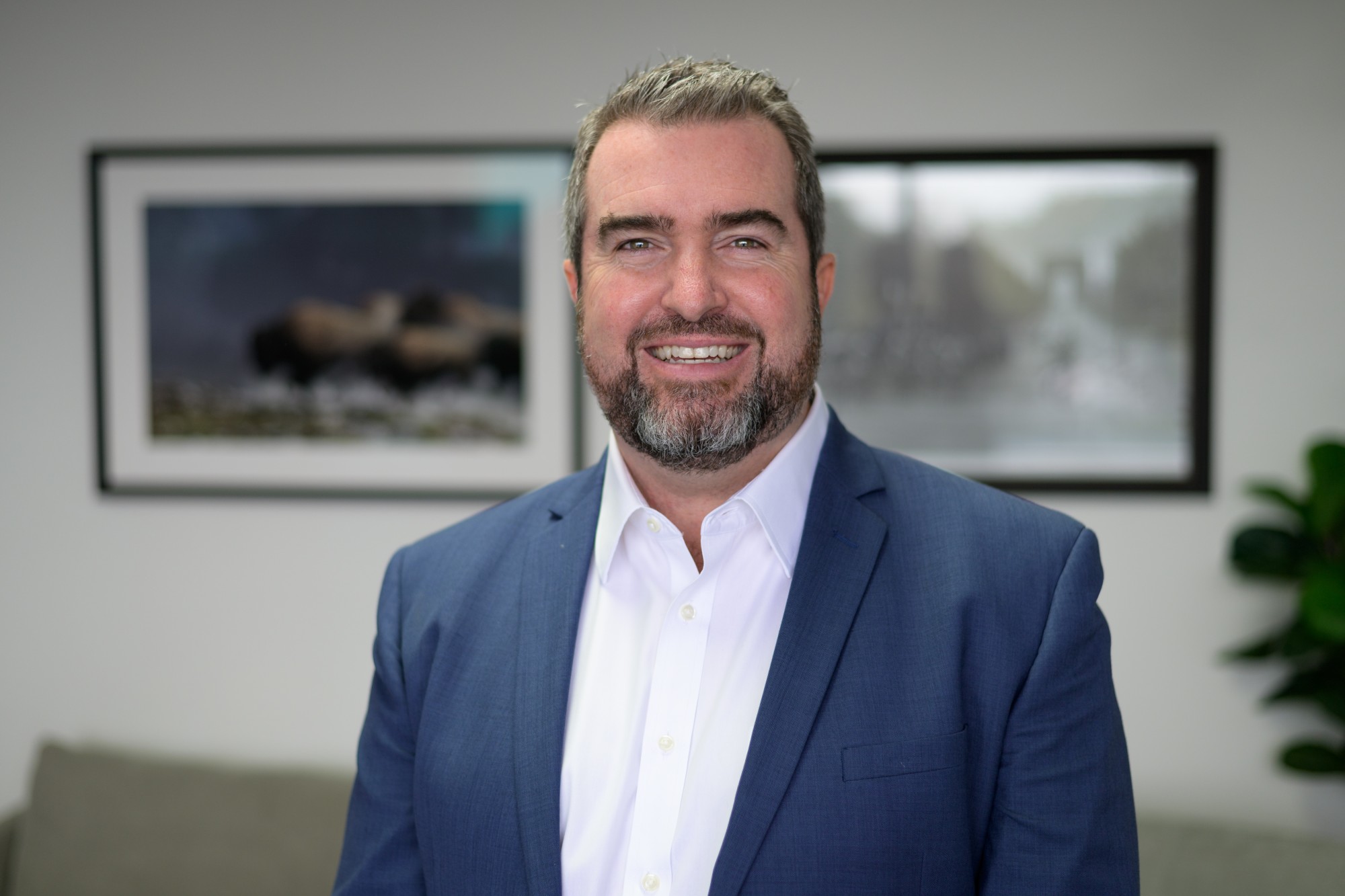Meet the ISG - Wayne Clarke
It’s time to meet one of our TTM supplier representatives on the Industry Steering Group, Wayne Clarke.
Keep an eye out for your representative, as we continue to introduce you to our members.
Tell us a little bit about yourself and your background in TTM:
I am the CEO of Chevron Traffic Services, with over 13 years of extensive experience in the TTM Industry. Beginning at the grassroots level, I have navigated all facets of the industry, from delivery and training to leading a dynamic team of over 300. Since acquiring Chevron in 2017, I have led the company through a period of significant growth and transformation. I have a deep passion for the industry and thrive in the fast-paced, high-pressure environment of the TTM sector.
Give us a quick helicopter-view of where the industry is on this journey at the moment and what needs to change to get to where we want to be?
It's a confusing and possibly frustrating time for the industry as we transition from a one-size-fits-all approach to a more customised and tailored approach to risk management. Traditionally, there has been a reliance on standardised rules and practices that provide consistency but may not fully address the unique risks and requirements of individual sites or businesses. I think as an industry, we need to remain inquisitive and open to learning new methods to better manage risks on our sites. Sharing our learnings, case studies and new approaches as an industry would be beneficial for all as we navigate through this change.
Where do you see the ISG adding the most value over the next 12-18 months?
Assisting the TTM industry in the transition to the risk-based approach from a training and delivery perspective, and offering support and information to the industry as PCBU's navigate the change.
What do you think is the biggest challenge for RCAs in shifting to a more risk-based approach?
I think one of the challenges could be managing the potential inconsistent approaches to TTM delivery while also ensuring safety within the network.
If you could clear up one misconception or let people know one thing that you don't think is widely understood about the shift to a more risk-based approach, what would it be?
I think one perspective to share is that risk is temporal; meaning risk is constantly changing on us. The volume of traffic we are exposed to changes by the hour, the light may change, our hazard sources may increase or decrease. Risk is not static, it's dynamic. Our approach to managing risk also needs to be far more dynamic.


